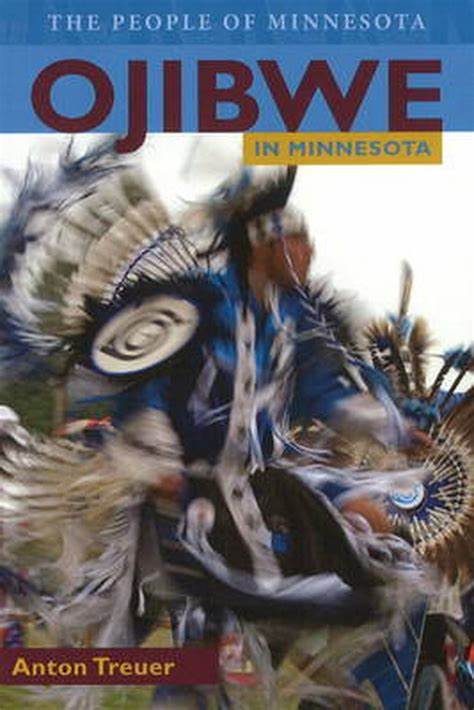For most social, political, and ceremonial functions, the Ojibwe had a very strict gendered division of labor. Women and men each had their own duties and rights. While both sexes gathered wild rice and berries and made maple sugar, typically only men engaged in warfare, hunted, and fished and only women processed and prepared most of the food and clothing. There were even different types of snowshoes for men and women.
Ojibwe thinking about gender developed very differently from European gender dynamics, where different duties often meant differential and often unfair treatment of women. When asked why men and women sit on different sides of a ceremonial lodge, one elderly Ojibwe woman explained that it was “to remind us that women and men each owned half of the lodge.” Ojibwe gender roles hinged on balance rather than equality. Ojibwe women also had much greater power in marriage and divorce than did women in European societies.
That does not mean Ojibwe culture was beyond reproach. Mortality rates were much higher for men than for women in Ojibwe society because of warfare, dangerous travel, and fishing on thin ice. As a result of the different mortality rates and the incredible work burden placed on women, Ojibwe men could have multiple wives but Ojibwe women could only have one husband. Ojibwe polygamy evolved because of work and death dynamics rather than sexual power, but the concept became culturally ingrained and the practice persisted long after the need for it had disappeared. No culture should be romanticized or denigrated–but like all others, the Ojibwe should be understood and evaluated on their own terms.
Comprehension Questions
1. What was the traditional state of marriage in Ojibwe culture?
A. They didn't marry, but lived as a collective whole, raising their children in a community.
B. Men and women were polygamous.
C. Men could have several wives, but women could only have one husband.
A. Because men had more power.
B. Because of the dictates of their religion.
C. Because there were many more women, due to men dying in war and on the hunt.
Your Thoughts
Vocabulary
4. List any vocabulary words below.

